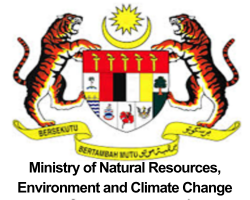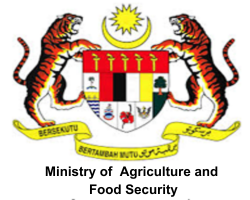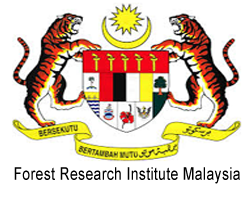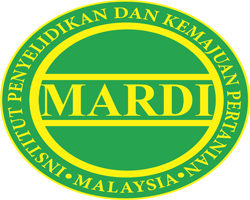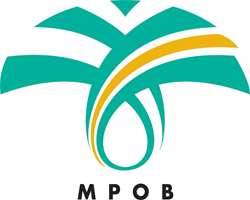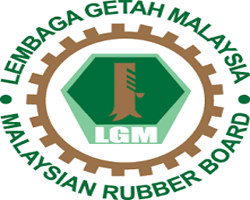Hosking, K. F. G. (1977) Known relationships between the 'hard-rock' tin deposits and the granites of Southeast Asia. Bulletin of the Geological Society of Malaysia, 9. pp. 141-157. ISSN 2637-109X
Full text not available from this repository.Abstract
The Southeast Asian Tin Province, which stretches for c. 1,800 miles, from Mainland Burma and Northwest Thailand to the Tin Islands of Indonesia, may be divided into an east and a west belt. In each belt granites of several distinct ages occur and the primary tin deposits are spatially closely associated with them. It is not known if all tin deposits are genetically related to their associated granites, but the evidence suggests that such may be the case. The East Belt granites are dominantly epizonal whereas those of the West Belt are mainly mesozonal, although in the latter belt some small plutons are epizonal. The·granites of the two belts differ significantly in their mineralogical character and trace-element content. There are also marked differences between the types of tin deposit found in the two belts. In the West Belt, for example, stanniferous pegmatites and skarns bearing malayaite are known, but are absent from the East Belt. In the East Belt, on the other hand, stanniferous lodes of the Cornish type, and tin/iron skarns are to be found, but are not present in the West Belt. Also, the variety and nature of the tin·bearing species differ markedly in the two belts. In the West Belt, for example, number of localities contain malayaite and also a number contain stannite, but no malayaite has been recorded from the East Belt and stannite has only been found in two places. Whilst it is not unusual to find, in the West Belt, cassiterite that is pleochroic from strong red to a pale colour, due to the presence of tantalum in the lattice, such cassiterite is extremely rare and found only in greisens-bordered veins in the East Belt. The marked differences between the tin mineralisation of the two belts suggest that each derived its tin from separate crustal sources and these sources were lapped on a number of separate occasions. It is thought, however, that material carried by subducting plates may have been the source of the ‘mineralisers’ (chloride and sulphide ions, etc.) that played important roles in the mobilisation of the tin and its transportation from its crustal reservoirs to the sites where it was redeposited. The data presented also indicate that much more work needs to be done before a generally acceptable plate tectonics model can be constructed. In particular, many more radiometric age determinations of the granites and of appropriate components of the tin and other primary deposits are required before the temporal aspects of the tin province can be fully understood.
| Item Type: | Article |
|---|---|
| Creators: | Hosking, K. F. G. |
| Title: | Known relationships between the 'hard-rock' tin deposits and the granites of Southeast Asia |
| Date: | November 1977 |
| Location: | Geological Society of Malaysia website |
| Publication: | Geological Society of Malaysia |
| Volume: | 9 |
| Physical Description: | 17p. |
| Agency Name: | Universiti Putra Malaysia (UPM) |
| Date Deposited: | 07 May 2024 07:27 |
| Last Modified: | 07 May 2024 07:27 |
| URI: | http://myagric.upm.edu.my/id/eprint/21601 |
Actions (login required)
 |
View Item |

